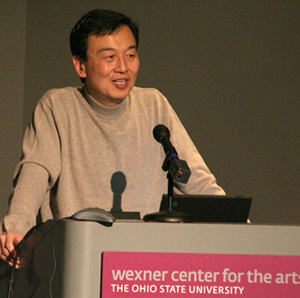Recent survey identifies gaps in educational resources needed to train America's future computational scientists
A recent survey of American researchers, software developers, educators and students reveals that a significant national effort is needed to fill gaps in education and training materials needed to prepare tomorrow’s computational scientists to take advantage of high performance supercomputers.
The Report on High Performance Computing Training and Education Survey provides a baseline assessment of the skills and concepts required by American computational scientists tackling challenging research problems with high performance computing (HPC) technology.

